Gallery
Photos from events, contest for the best costume, videos from master classes.
 |  |
 |  |
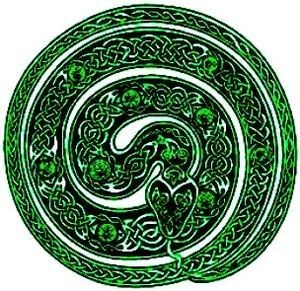 |  |
 | 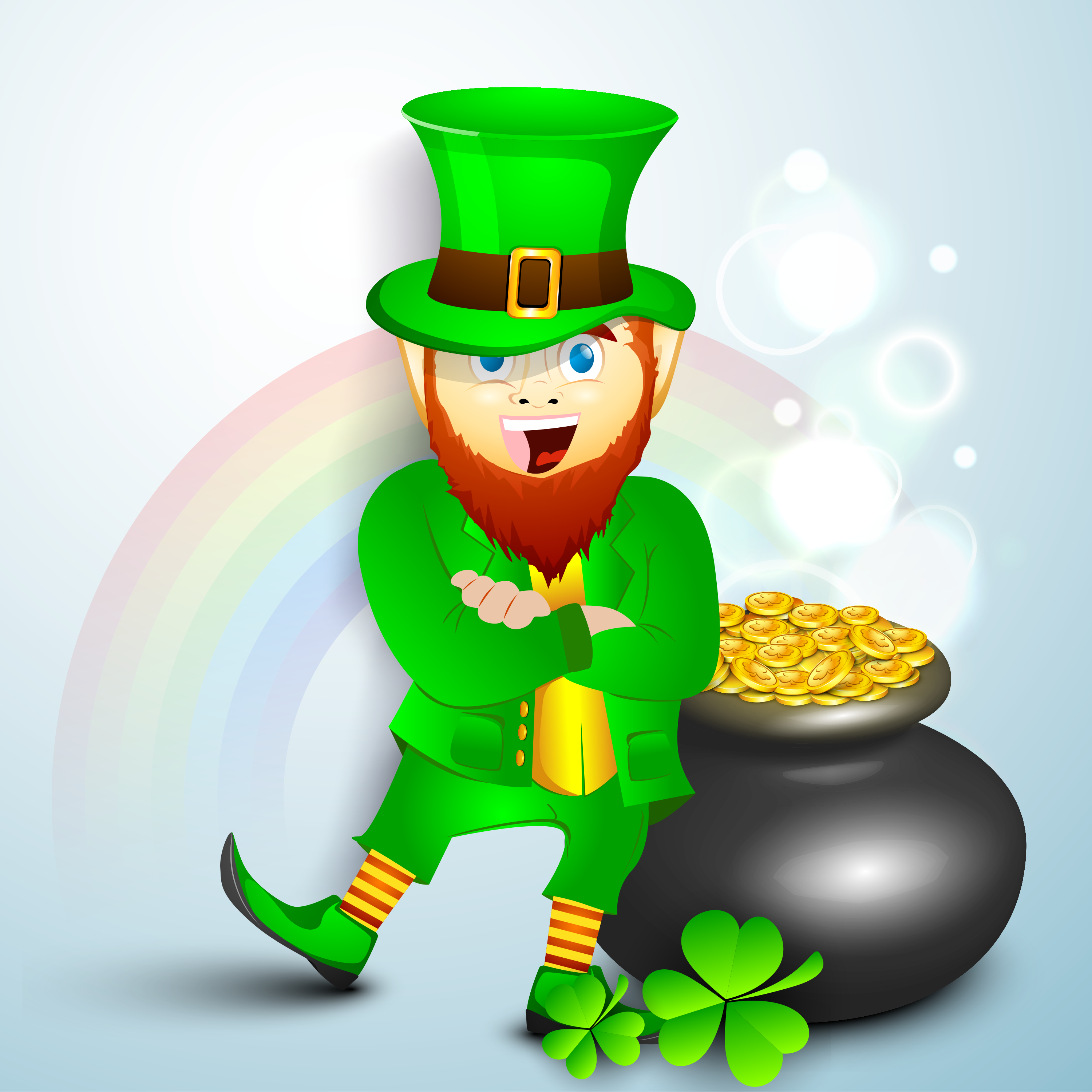 |
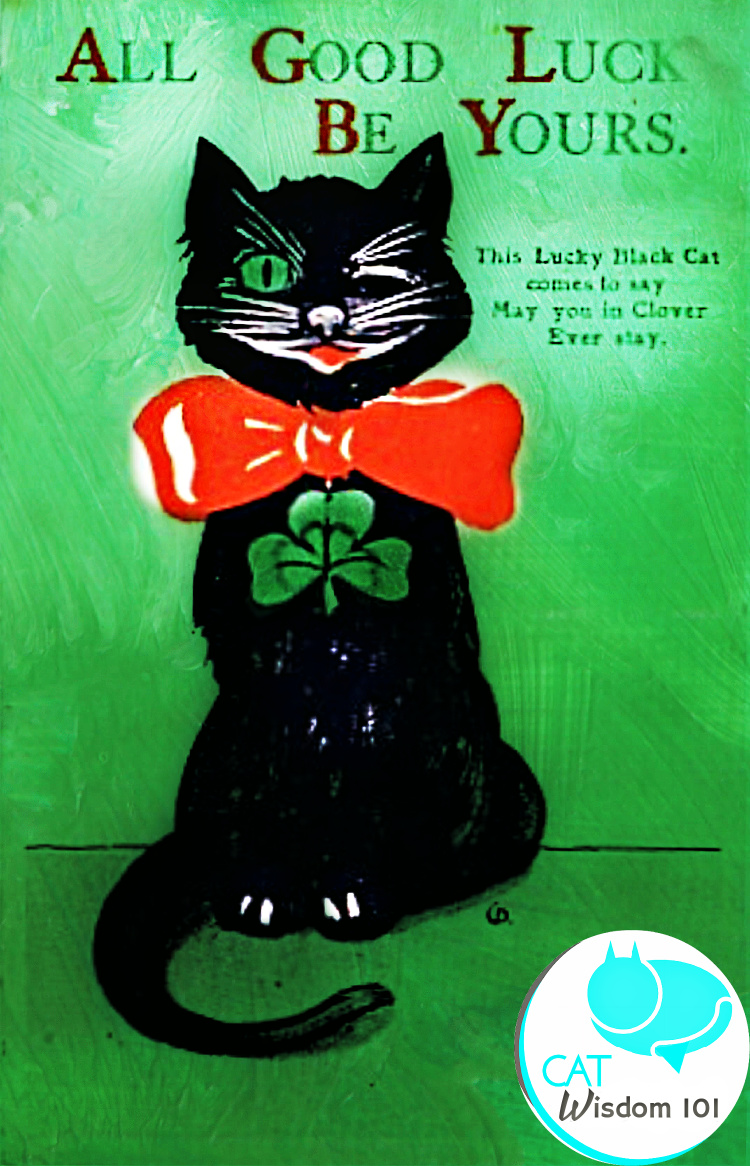 |  |
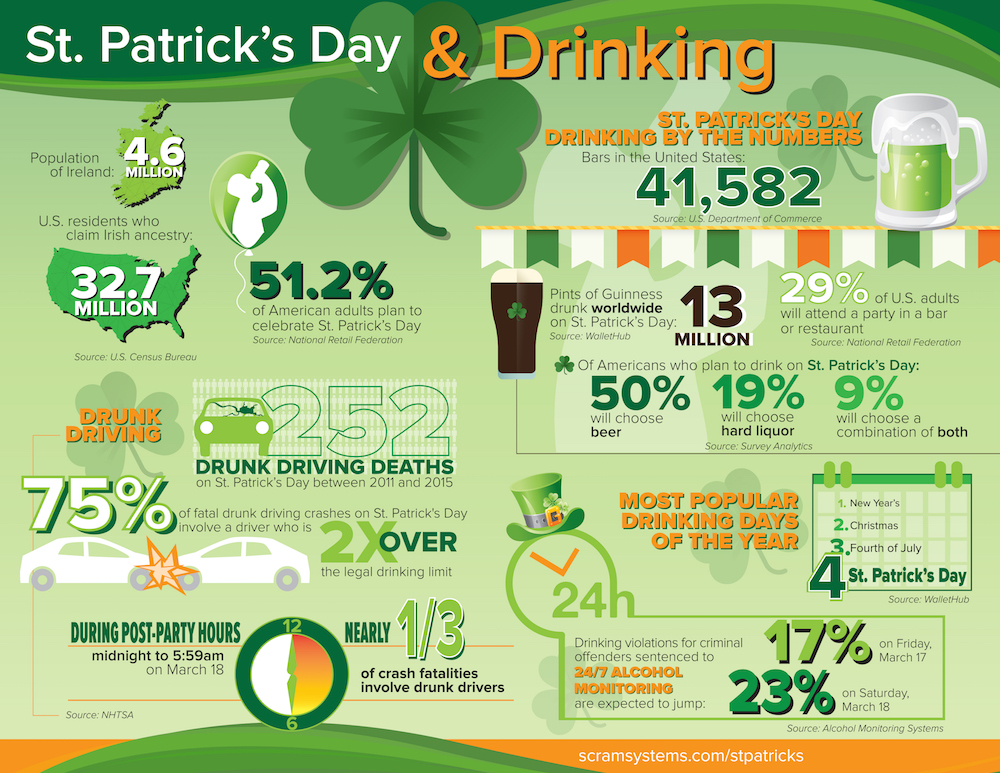 | 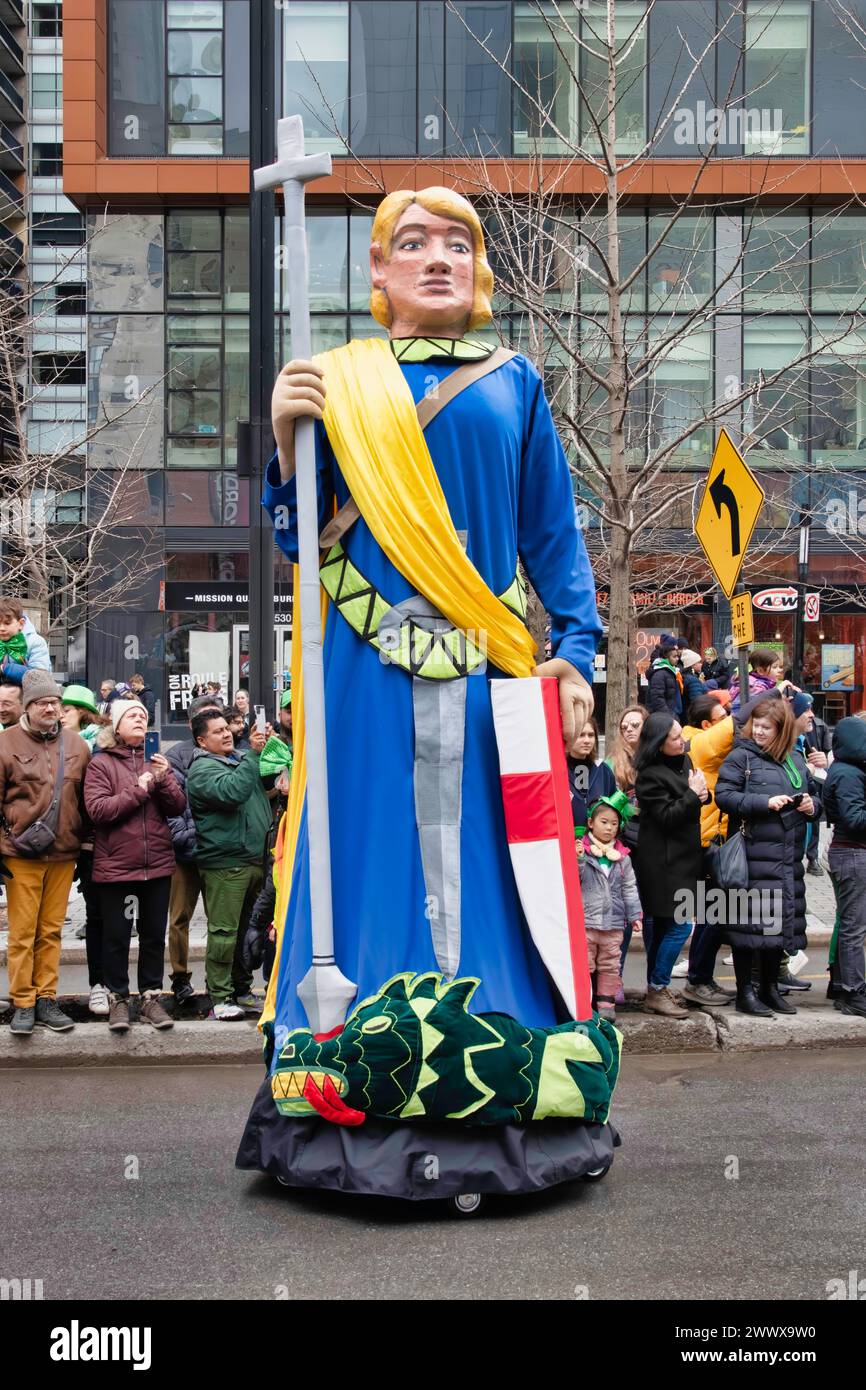 |
Since the publication of this article, a new misconception, often circulated for “mouse clicks”, suggests that St. Patrick was never made a saint. This claim is based on the fact that the formal canonization process as we know it today did not exist during St. Patrick’s time in the 5th century. Early celebrations of St. Patrick’s Day in America can be traced back to the 17 th and 18 th century in America, and lessening anti-Irish he returned to Ireland — then largely pagan The first St. Patrick's Day Parade actually took place in Boston, Massachusetts, back in 1737; the city is known for its high percentage of residents who claim an Irish ancestry. However, some modern Pagans refuse to observe a day which honors the elimination of an old religion in favor of a new one. For most people, St. Patrick’s Day is simply a day where we celebrate all things Irish, including the color green, shamrocks and drinking LOTS of Guinness. Americans go crazy for this secularized holiday and, according to an Irish friend of mine, make a bigger deal out of this holiday than they do in Ireland. But St. Patrick's Day began as a Christian feast day to honor St. Patrick and his accomplishments. The first St. Patrick's Day parade was held in Boston in 1737, and the holiday became an official Irish holiday in 1903. Despite its Christian origins, many of the traditions associated with St. Patrick's Day have pagan roots. For example, the color How Anti-Pagan St. Patrick Became Voodoo’s Damballa ! Last updated on: March 13, 2014 at 4:51 pm. March 13, Galina Krasskova, even calls for an anti-St. Patrick’s Day ritual. Here in the States, St. Patrick's Day is really Mad Sweeney's day. McDonald's sells green, minty milkshakes. McDonald's sells green, minty milkshakes. Seasonal picnic kitch is sold at Target with greens and shamrocks -- except they're often four leaf clovers, if you look close. Myths and legends about St. Patrick's Day St. Patrick's Day is that one day of the year when everybody is Irish.. .or at least pretends to be. But what does that actually entail? When it comes to St. Patrick's Day history, the US has all kinds of traditions that, frankly, aren't even Irish. Who The majority of St. Patrick’s Day customs, myths and fables have been perpetuated and instituted over a period of 16 centuries. Stripping away the widespread secular activities, we discover a holy person — a saint — who spent more than 30 years successfully proclaiming the Gospel message, the gift of faith to the people of Ireland. March 17th, St. Patrick’s Day, a festival often associated with parades, shamrocks, and the colour green. In Ireland, the day is a national holiday, commemorating the patron saint who is said to have brought Christianity to the island. But beneath the layers of modern festivity lies a deeper and older story — one that speaks St. Patrick’s remains are believed to be buried at Down Cathedral in Downpatrick, Northern Ireland. 10. What did St. Patrick refuse to do for the pagan captain? Patrick refused to “suck a man’s breasts,” a pagan ritual symbolizing acceptance of the captain’s authority. 11. Who brought Christianity to Ireland before St. Patrick? St. Patrick’s Day itself may have been strategically placed around the time of ancient spring festivals that honored fertility, rebirth, and the renewal of life. Pagan festivals like Imbolc and Ostara celebrated the returning light and the blossoming of the earth—perfect metaphors for the "spiritual enlightenment" Christianity aimed to bring. As revelers celebrate St. Patrick's Day in 2025, here's a look at who Ireland's patron saint was and the meaning behind the holiday. He then went back to the Celtic Pagan nation of Ireland and St. Patrick’s Day, the Luck ‘O the Irish and the pagans I am wishing you some good Green Goddess Blessings to you on St. Patrick’s day. But here’s the real dirt. St. Patrick, Catholic Irish Saint, is known for driving the snakes out of Ireland. That story is actually a cultural re-visioning. St. 10. Can Pagans celebrate St. Patrick’s Day in any way? Some Pagans may choose to focus on the cultural aspects of St. Patrick’s Day, such as the music, dance, and food, while others may completely abstain from the celebrations due to their religious and historical objections. Each individual Pagan makes their own decision based on their Scholars believe the snake story functions as an allegory for St. Patrick’s eradication of pagan ideology. 5. Green has historically been associated with St. Patrick’s Day. Sorry, this post was deleted by the person who originally posted it. Archived post. New comments cannot be posted and votes cannot be cast. As a young pagan, I believed this myth and would don a temporary snake tattoo every St. Patrick’s Day. Or, I’d wear all black in an anti-St. Patrick’s Day statement. Because, the idea that Saint Patrick drove out the pagans is an easy belief to get behind. The problem is that it’s not true. Saint Patrick is a figure who has taken on an oddly massive role in paganism as a kind of anti-pagan boogieman, a figure that can be pointed to as all that is terrible in Christian evangelism and can be embraced by those who prefer to consider themselves tragic victims of a cultural change that occurred more than a millennia ago. What are the origins of St. Patrick’s Day? The history of St. Patrick’s Day begins with the man himself. Though many of the stories about him are shrouded in legend, there are some generally agreed upon facts. According to History.com, Patrick was born in Britain, but when he was 16, he was kidnapped from his home by Irish raiders.
Articles and news, personal stories, interviews with experts.
Photos from events, contest for the best costume, videos from master classes.
 |  |
 |  |
 |  |
 |  |
 |  |
 |  |